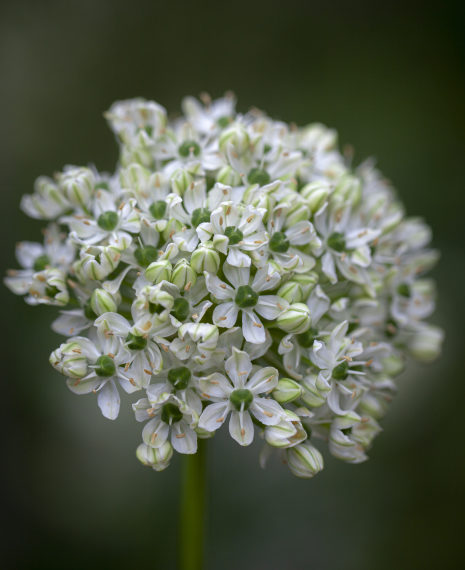I gain inspiration from other gardens as the image of The Orchard at Kiftsgate perfectly captured by photographer Sabina Ruber testifies. We have planted a young orchard in front of the duck ponds and in years to come I hope to photograph a sea of azure blue Camassia drifting under cherry and apple blossom.
Of the 80,000 spring flowering bulbs we import from Holland each year we are usually left with about 9000 to plant at the farm and much as I relish the display of 5000 tulips, I plant them in the knowledge that the task must be repeated annually to achieve the same Monet-esque landscape of tulips flowering in a meadow. Not so the Narcissi, Camassia and Allium bulbs: once planted these beauties multiply (naturalise)! An hour or 2 spent planting on your effort on your hands and knees this year and you can welcome their return each spring like a long lost child.
Camassia come in many sizes from the smallest quamash, C. esculenta, a staple food of Native Americans, to the taller and more robust garden beauties of azure blue C.leichtlinii caerulea; summer sky blue C.cusickii and the creamy white forms C. leichtlinii alba & C.leicht. semiplena the semi-double form. All camassia bulbs can cope with dampish soil and will multiply quite happily. We buy really chunky bulbs in that look like vegetables! They make an excellent cut flower too.
Allium nigrum is at home in the meadow as it is in the border. Plant en masse for a dreamy wildflower look. Bees love it!
Narcissi all naturalise but the more diminutive dwarf forms such as N. ‘Toto’ can’t compete with the vigour of grass so they are best planted at the front of borders of gracing small decorative pots, particularly to bring indoors once flowering. N. ‘Geranium’ is mutiheaded with a potent scent – indeed enough to be planted to great effect around the septic tank! All narcissi have contractile roots so you don’t have to worry about planting them so deep since they will pull themselves downwards. We only sell sweetly scented varieties since I have a pet hat of sitting at a table with a vase containing a single trumpet daffodil smelling of cat’s wee!
Karen



